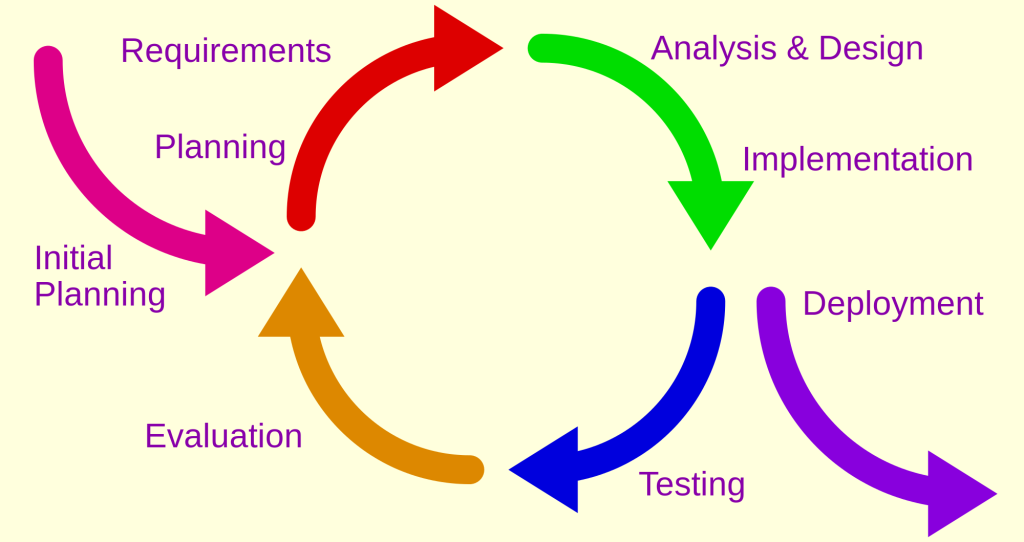Here are some super simple website usability tips
Web ease of use as per research was turned out to be the most noteworthy calculate website composition. Truth be told, it is the compelling component that keeps guests coming back to your site.
Generally, the most neglected perspective when planning a site, in any case, in fact, ease of use has control over the web. At the point when your guests can not effortlessly explore your site, odds are, he won’t use your library in the scan for data and simply go to different locales. Take note of that all destinations are only a tick of the mouse away. Countless other online stores that offer an indistinguishable administrations or items from you are swarming the web, making on the web customers more specific and selective while finishing up whether to stay and proceed with their perusing or simply clear out.
The web offers online customers abundant opportunity and different decisions; no one will ever squander their time on an ineffectively developed site. Keeping in mind the end goal to give web-convenience, you should include or think about your prospective customers in outlining it.
Dislike a customary “brick and mortar” store, a considerable measure of online stores or sites don’t allow their guests to вђњwalk throughвђќ inside the webpage as they can in a conventional store set-up. While this may appear an unworkable undertaking to finish, if done effectively, a “user-friendly” way to deal with website composition will effortlessly achieve this errand.
At the point when internet shopping, all things must be found where guests anticipate that they will be at. The act of flooding a customer with bounteous thing decisions all in the meantime and making them scan for specific things that they need is without a doubt not the idea of web convenience.
Your guests must be contemplated all through your arranging and outlining process. Remember that web ease of use should never be considered after the development of a site.
Settling and afterward testing your site simply after development is futile and won’t yield acceptable outcomes. Your best approach has consolidated an imitation of “unavoidable ease of use” unto your website composition and development handle.
As indicated by studies, here are beat 12 reasons why guests need to backpedal to your site:
Easy route 74% Quick download time 65% Frequently upgraded data 58% Content quality 57% Content amount 30% Content association 40% Prompt client benefit 40% Website seek devices 25% Layout of landing page 20% Enjoyment 19% Website appearance 18% Inclusion of enlivened representation 9%
Basing from these reasons, here is ease of useful tips to help you outline your site:
1. Gotten comfortable with your guests in view of their inclinations. You require a site with identity and in addition content quality that obliges your visitor’s taste; you ought to comprehend and perceive their shading decisions, specialized abilities, and so on.
2. Make evident and straightforward interface. The more clear and conspicuous the web interface is, then your guests never need to experience dissatisfaction in think about how your webpage truly functions, and rather on focusing on the interface, they ought to focus on your site’s content.
3. Site meaningfulness. Make “easy to read” section, not utilizing little content or text dimension.
4. Speedy stacking. You require a quick downloadable page as guests hate to hold up.
5. Keep away from the shrouded route, as your guests need to know where and what to click to go somewhere.
6. Get guest criticisms so you will comprehend what is working and what does not. Gain from your prospects.
7. Research on-site guest execution. Decide to what extent it takes to play out a specific assignment? It ought not to take too long, the speedier the better. If not, take a shot at your client association so to enhance execution.
8. Give a help area. In the event that your site guest makes a specific misstep, then they really will welcome it on the off chance that you give approaches to help them. “404 page” is incredible for coordinating “spiders” to creep unto your site page.
Testing for ease of use
Testing for ease of use is not entangled and exceptionally economical to do. The most straightforward answer is to outline a basic succession of endeavors for web clients to complete trials.
Welcome individuals or companions to your working environment, then demand them to explore your site, watching and watching while they surf. Try not to hold up when your site is done before you test it; test it now.
The work can be straightforward like discovering a product’s data or discovering how a specific firm can be reached or one can arrange an item and discover shipping strategies data.
In the wake of testing, settle any issue and test it once more. Keep testing and refining web ease of use of your site until such time that there are no issues found, that the experience is effective and wonderful.
Keep in mind that site ease of use is worried to not quite recently the presence of a site, but rather more significantly how your site performs and especially, it gives accentuation on the experience of your guests.


